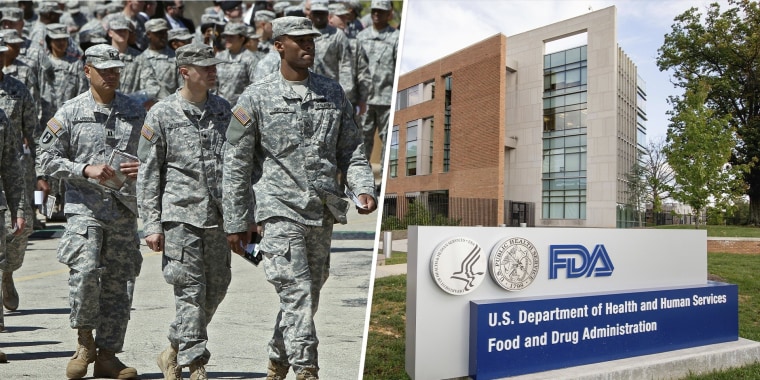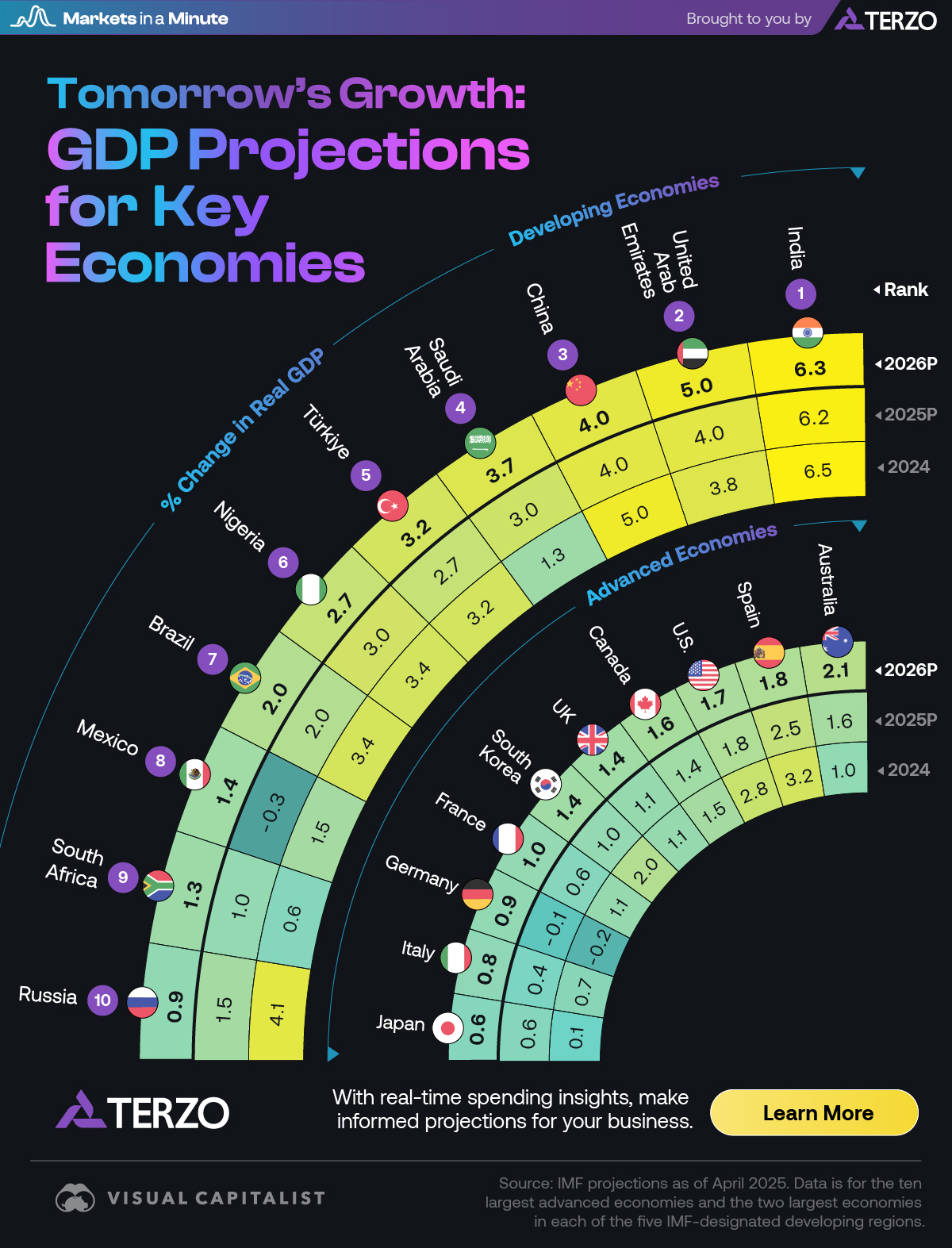Report on Human Trafficking and Forced Labor in Russia: A Sustainable Development Goals Perspective
Violations of Core SDG Principles in Moscow
United Nations independent experts have reported credible and well-documented allegations of long-standing human trafficking and forced labor in the Golyanovo district of Moscow. These abuses represent a significant failure to uphold several Sustainable Development Goals (SDGs), particularly those concerning gender equality, decent work, and justice.
- SDG 8: Decent Work and Economic Growth: The situation directly contravenes Target 8.7, which calls for immediate measures to eradicate forced labor, end modern slavery, and human trafficking.
- SDG 5: Gender Equality: The victims are predominantly migrant women, highlighting a severe case of gender-based exploitation and violence, undermining progress toward Target 5.2 to eliminate all forms of violence against all women and girls.
- SDG 16: Peace, Justice and Strong Institutions: Systemic failures within the Russian justice system have enabled these crimes, pointing to a lack of effective and accountable institutions as outlined in SDG 16.
Systemic Institutional Failures and Contravention of SDG 16
The report identifies systemic failures in the Russian legislative and administrative framework as a key enabler of trafficking and contemporary slavery. This institutional weakness has fostered a climate of impunity for perpetrators and denied justice to victims, a direct challenge to the principles of SDG 16 (Peace, Justice and Strong Institutions).
- Failure to Investigate: Authorities have repeatedly failed to conduct effective and timely investigations into complaints raised by victims and civil society organizations over decades.
- Lack of Accountability: The refusal to register cases and the premature closure of investigations have prevented perpetrators from being held accountable.
- Absence of Protective Frameworks: Russia’s failure to adopt a comprehensive regulatory framework to prevent trafficking has deterred victims from seeking help and hindered the work of support organizations.
The European Court of Human Rights, in its December 2024 ruling in F.M. and Others v Russia, affirmed these institutional failures, finding Russia in violation of its obligation under the European Convention on Human Rights to combat and prevent human trafficking.
Exploitation and Abuse: A Violation of SDG 5 and SDG 8
Dozens of women, primarily from Uzbekistan and Kazakhstan, were subjected to extreme exploitation that constitutes modern slavery and a severe violation of their human rights. These conditions are in stark opposition to the goals of SDG 8 (Decent Work) and SDG 5 (Gender Equality).
- Victims were lured under false pretenses of legitimate employment.
- Upon arrival, their documents were confiscated, and they were held in captivity.
- They were forced to perform unpaid hard labor for up to 20 hours a day in inhumane conditions.
- The women were subjected to extreme violence, including beatings, rapes, forced pregnancies, forced abortions, and the removal of their children.
The ECHR ruling highlighted the discriminatory nature of these crimes, noting that women and girls, particularly foreign migrant workers, were disproportionately victimized. This violates Article 14 (prohibition of discrimination) of the European Convention and undermines SDG 10 (Reduced Inequalities).
Recommendations for Action and Alignment with the 2030 Agenda
The UN experts have urged Russian authorities to take immediate action to align with international law and the Sustainable Development Goals. The following recommendations are critical for achieving justice for victims and preventing future abuses:
- Launch a comprehensive and effective investigation into all allegations.
- Ensure that victims receive justice and redress for the harms suffered.
- Strengthen national legislative and administrative frameworks to prevent trafficking and protect victims.
- Foster international cooperation with Uzbekistan and Kazakhstan, in line with SDG 17 (Partnerships for the Goals), to address the transnational nature of the crime.
The experts emphasized that victims must not be punished for unlawful acts committed as a direct consequence of their exploitation, a key principle in upholding human rights and achieving the 2030 Agenda.
1. Which SDGs are addressed or connected to the issues highlighted in the article?
-
SDG 8: Decent Work and Economic Growth
- The article’s central theme is the trafficking and forced labor of migrant women. It describes how they were “forced to perform hard work, unpaid, for up to 20 hours a day in inhumane conditions,” which directly relates to the goal of promoting decent work and eradicating modern slavery and forced labor.
-
SDG 5: Gender Equality
- The article explicitly states that the victims are women and girls who are “disproportionately the victims of human trafficking.” It details various forms of gender-based violence, including “beating, rapes, forced pregnancy, forced abortion,” which are critical issues addressed by SDG 5.
-
SDG 16: Peace, Justice and Strong Institutions
- The article heavily criticizes the institutional failures in Russia. It points to “systemic failures in the Russian legislative and administrative framework,” the “failure of investigations being conducted in an effective and timely manner,” and perpetrators not being “held accountable.” This highlights a breakdown in the rule of law and access to justice, which are core components of SDG 16.
2. What specific targets under those SDGs can be identified based on the article’s content?
-
SDG 8: Decent Work and Economic Growth
- Target 8.7: Take immediate and effective measures to eradicate forced labour, end modern slavery and human trafficking. The article’s call from UN experts for Russia to “end long-standing trafficking and forced labor” directly aligns with this target.
- Target 8.8: Protect labour rights and promote safe and secure working environments for all workers, including migrant workers, in particular women migrants. The article details the complete violation of these rights, as migrant women were lured with false job promises and forced to work in inhumane and violent conditions.
-
SDG 5: Gender Equality
- Target 5.1: End all forms of discrimination against all women and girls everywhere. The European Court of Human Rights ruling found a violation of Article 14 (prohibition of discrimination) because “women and girls, especially foreign migrant workers, were disproportionately the victims of human trafficking.”
- Target 5.2: Eliminate all forms of violence against all women and girls in the public and private spheres, including trafficking and sexual and other types of exploitation. The article describes the victims being “subjected to extreme violence and exploitation, including beating, rapes, forced pregnancy, forced abortion.”
-
SDG 16: Peace, Justice and Strong Institutions
- Target 16.2: End abuse, exploitation, trafficking and all forms of violence against and torture of children. The principles of this target are relevant as the article discusses trafficking, exploitation, and extreme violence.
- Target 16.3: Promote the rule of law at the national and international levels and ensure equal access to justice for all. The article highlights the “failure of investigations,” the “refusal to register cases,” and the fact that “perpetrators [are] not being held accountable,” all of which signify a failure to provide access to justice and uphold the rule of law.
- Target 16.a: Strengthen relevant national institutions… to prevent violence and combat… crime. The article points to “systemic failures in the Russian legislative and administrative framework” and Russia’s “failure to adopt a comprehensive regulatory framework to prevent trafficking,” indicating a need to strengthen these institutions.
3. Are there any indicators mentioned or implied in the article that can be used to measure progress towards the identified targets?
SDG 8: Decent Work and Economic Growth
- Number of identified victims of forced labor and human trafficking: The article mentions “dozens of women” and a specific case involving “five applicants,” implying that tracking the number of victims is a key metric.
- Prevalence of unpaid and excessive work hours: The detail that women were “forced to perform hard work, unpaid, for up to 20 hours a day” serves as a qualitative indicator of the severity of forced labor.
SDG 5: Gender Equality
- Proportion of trafficking victims who are women and girls: The article notes that “women and girls… were disproportionately the victims,” making gender disaggregation of victim data a crucial indicator.
- Incidence of violence against female trafficking victims: The specific mention of “beating, rapes, forced pregnancy, forced abortion” implies that tracking types and frequency of violence is a measure of the problem.
SDG 16: Peace, Justice and Strong Institutions
- Number of human trafficking cases investigated and prosecuted: The article’s focus on the “failure of investigations” and perpetrators not being “held accountable” implies that the number of successful investigations and prosecutions is a key progress indicator.
- Number of official complaints registered vs. investigated: The mention of authorities’ “refusal to register cases” suggests that comparing the number of complaints from victims and civil society with the number of officially registered cases is an indicator of institutional responsiveness.
- Existence of a national legal framework on human trafficking: The article points to Russia’s “failure to adopt a comprehensive regulatory framework,” making the adoption of such a framework a clear, measurable indicator of progress.
4. Table of SDGs, Targets, and Indicators
| SDGs | Targets | Indicators (Identified in Article) |
|---|---|---|
| SDG 5: Gender Equality | 5.1: End all forms of discrimination against all women and girls everywhere. | Proportion of human trafficking victims who are women and girls. |
| 5.2: Eliminate all forms of violence against all women and girls… including trafficking and sexual… exploitation. | Incidence of specific forms of violence (beatings, rape, forced pregnancy) against trafficked women. | |
| SDG 8: Decent Work and Economic Growth | 8.7: Take immediate and effective measures to eradicate forced labour, end modern slavery and human trafficking. | Number of identified victims of trafficking and forced labor. |
| 8.8: Protect labour rights and promote safe and secure working environments for all workers, including migrant workers. | Prevalence of unpaid labor and excessive working hours (up to 20 hours a day). | |
| SDG 16: Peace, Justice and Strong Institutions | 16.2: End abuse, exploitation, trafficking and all forms of violence. | Number of victims provided with justice and redress. |
| 16.3: Promote the rule of law… and ensure equal access to justice for all. | Number of trafficking cases investigated and perpetrators held accountable; Rate of official registration of victim complaints. | |
| 16.a: Strengthen relevant national institutions… to… combat… crime. | Existence of a comprehensive national regulatory framework to prevent trafficking. |
Source: jurist.org







